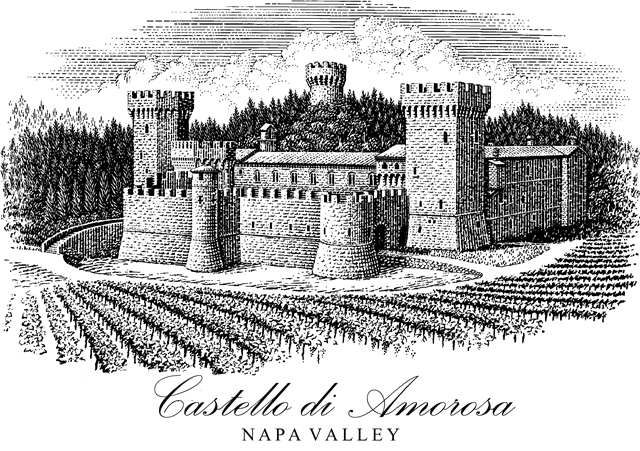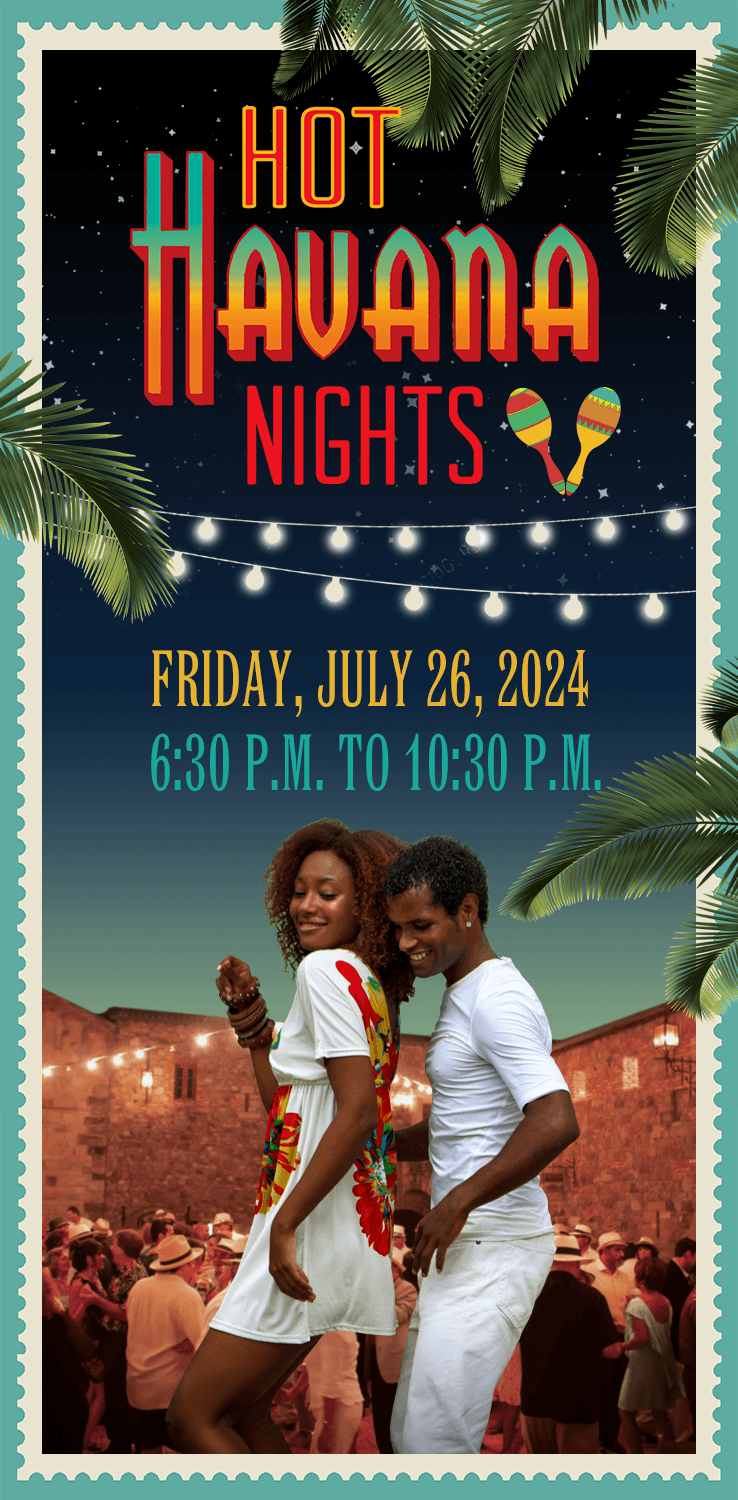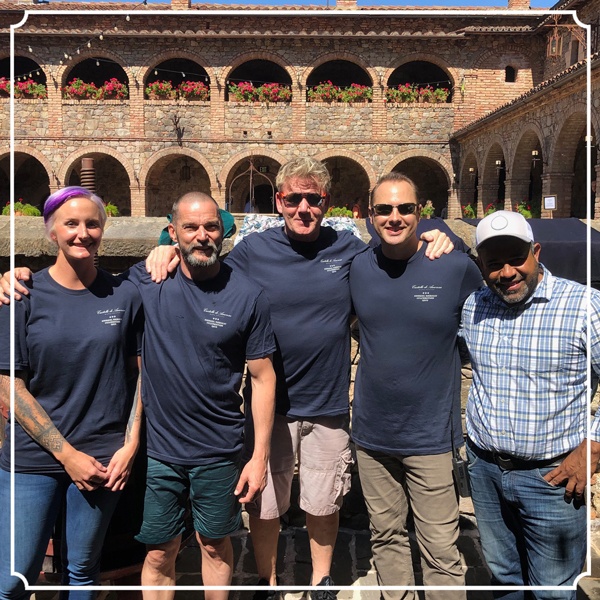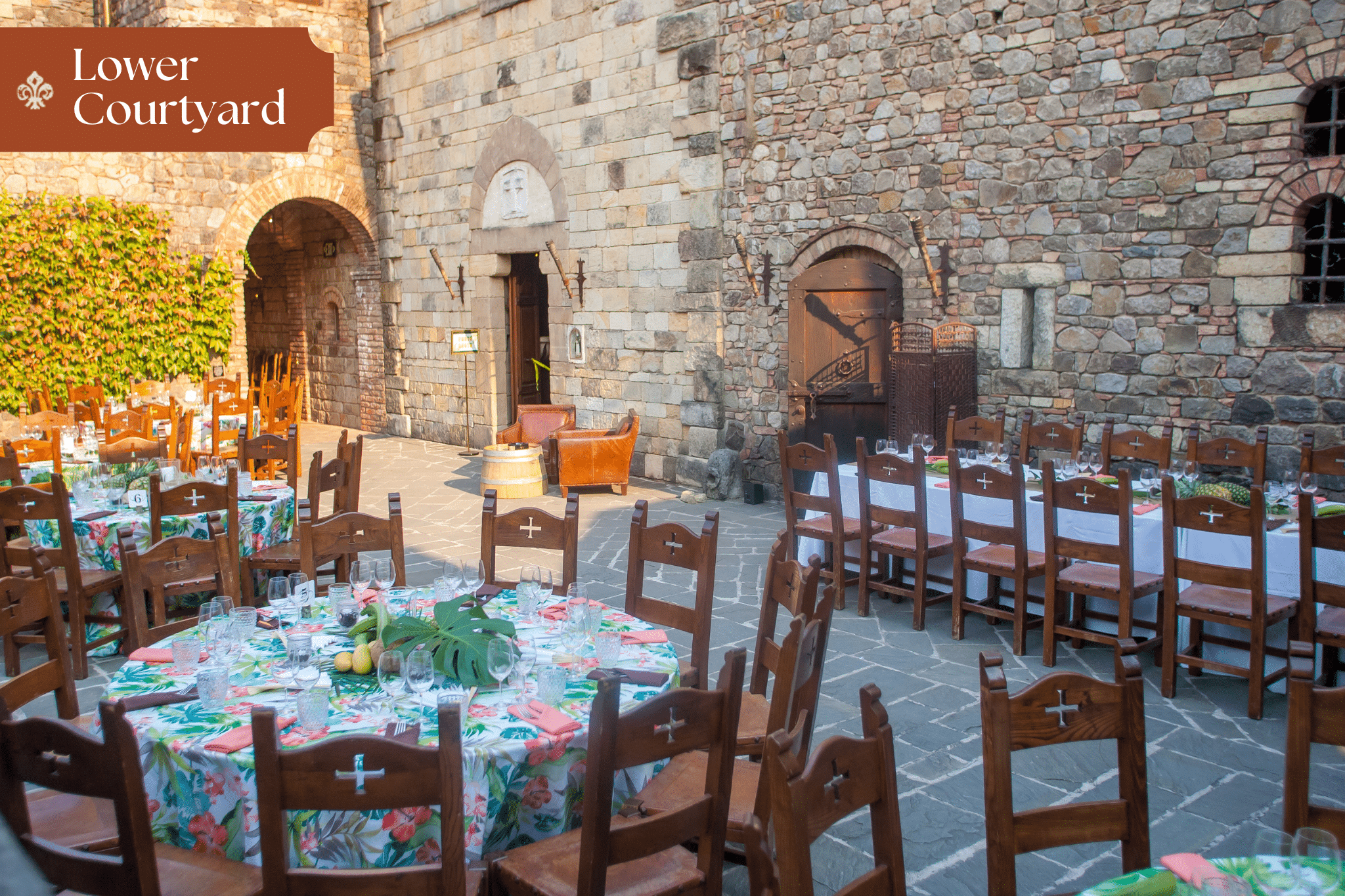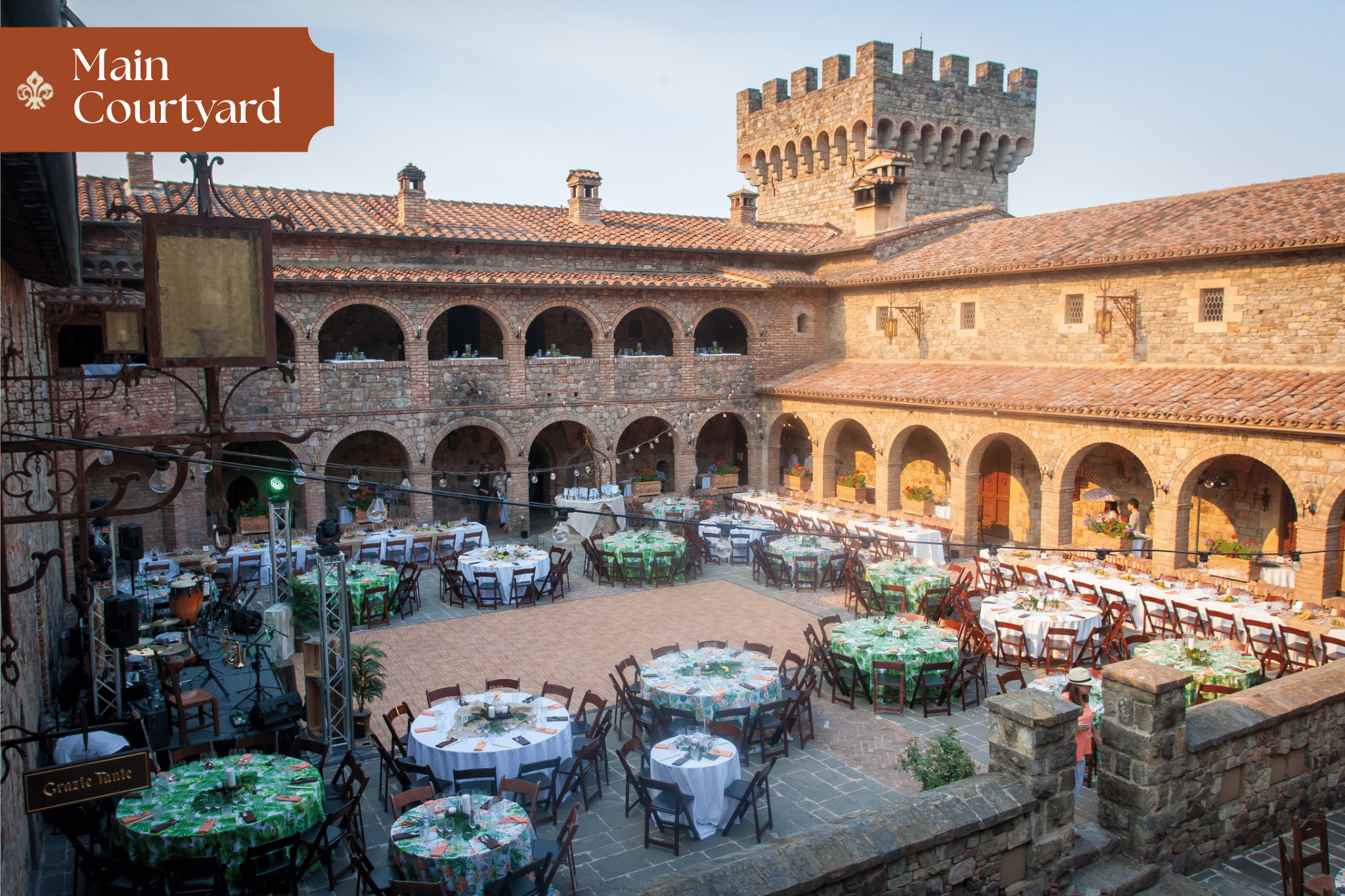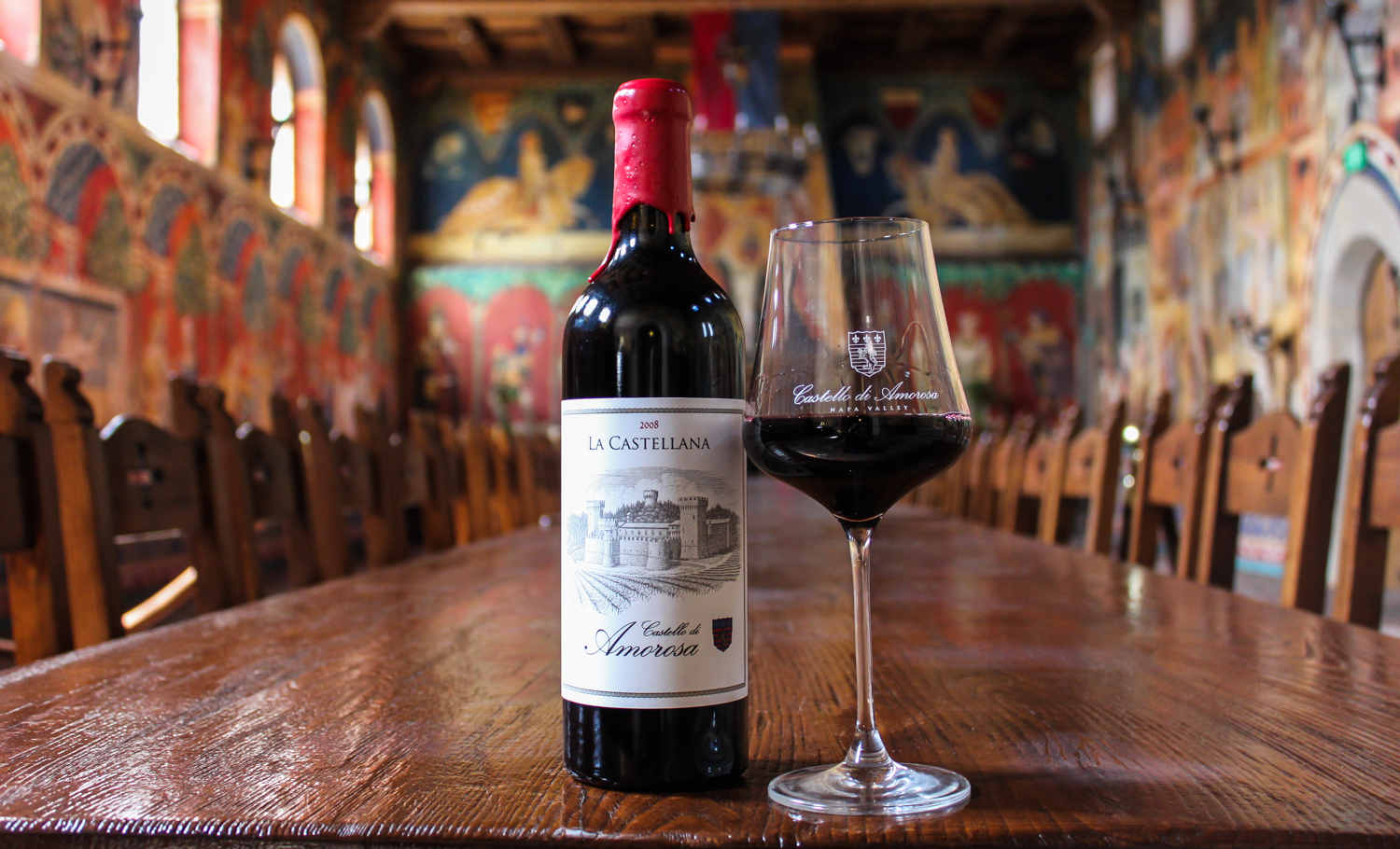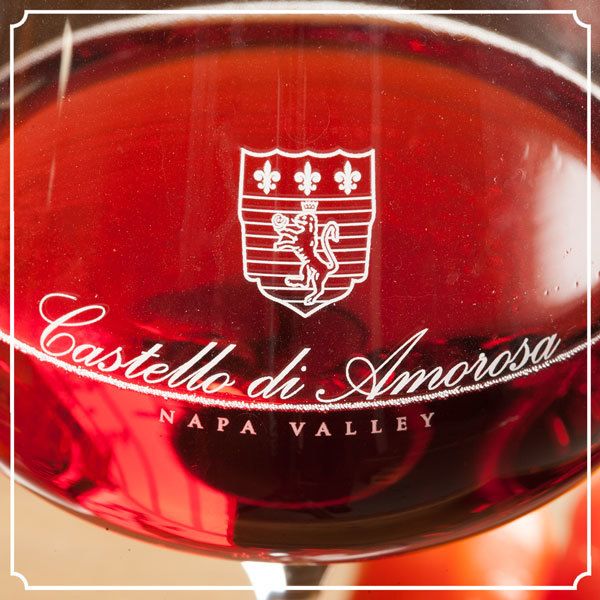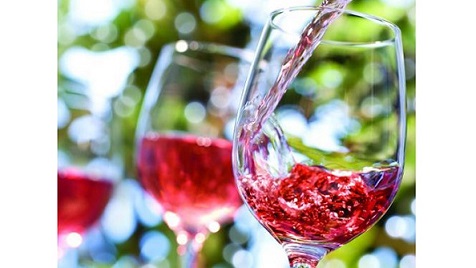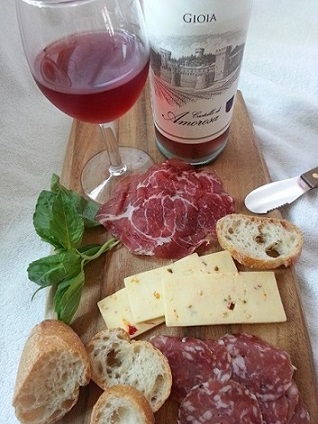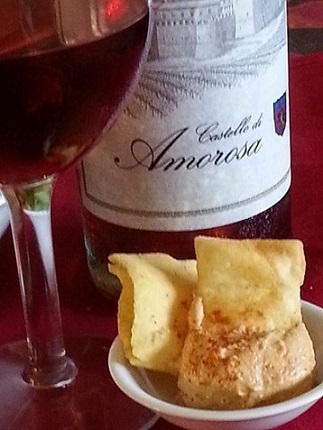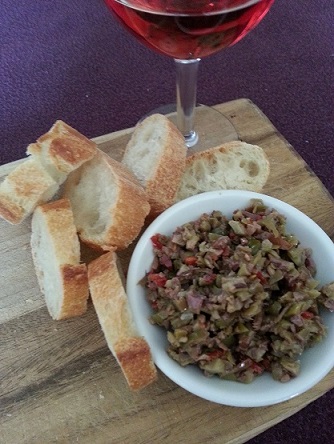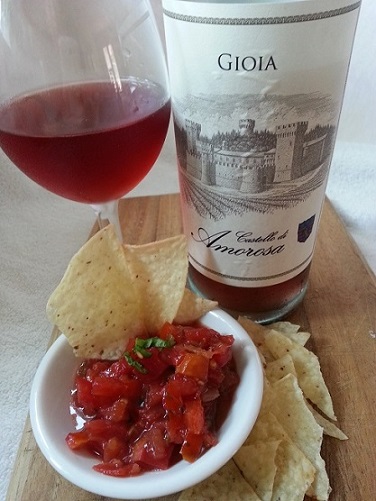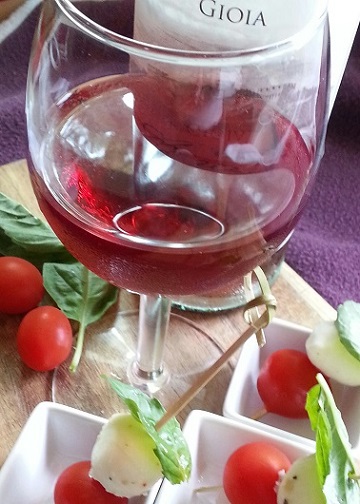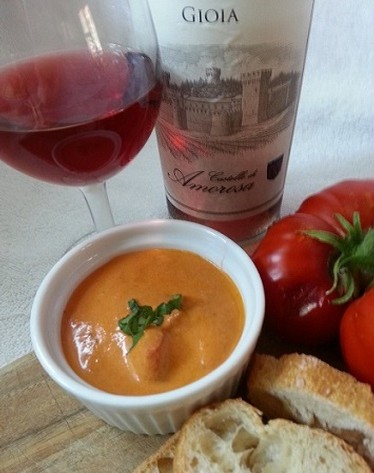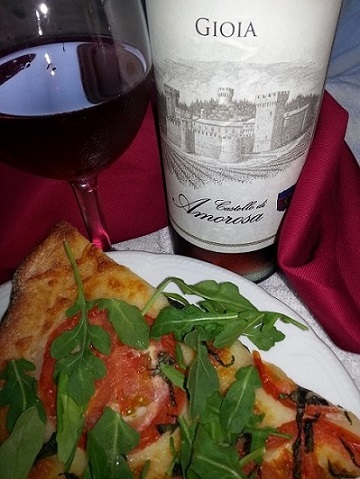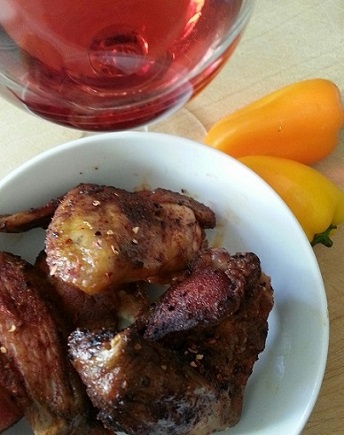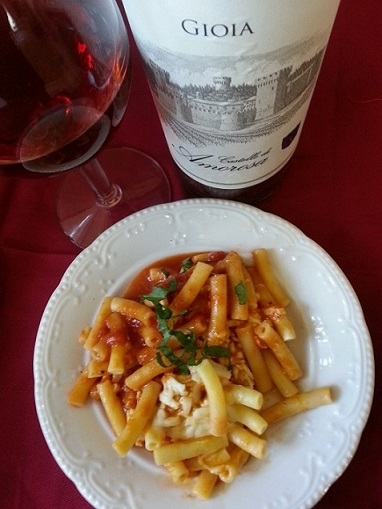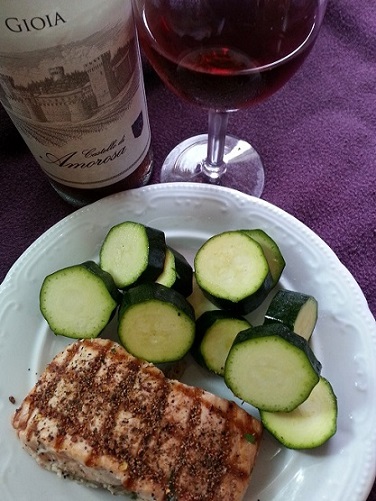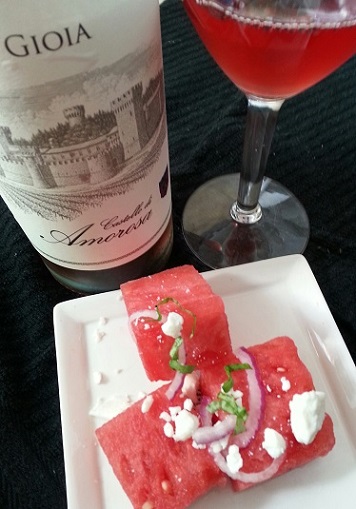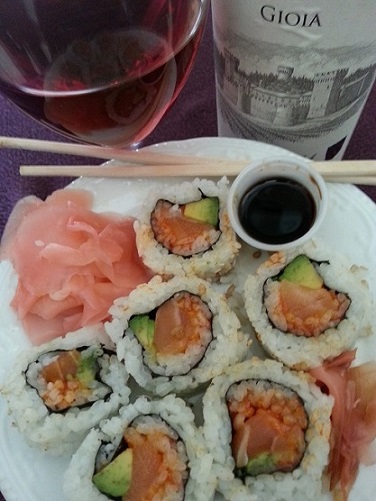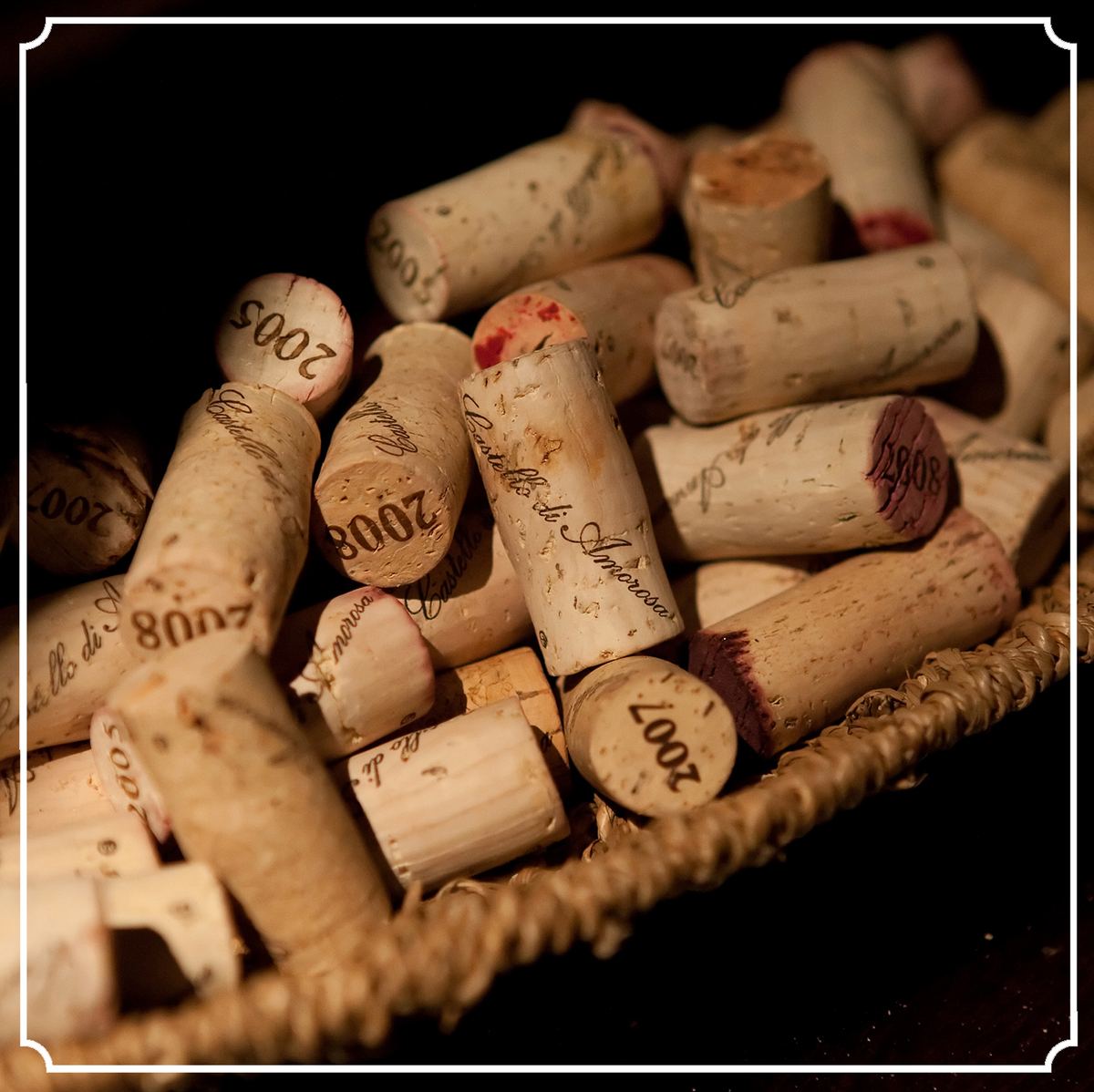WINE CLUB POP-UP SUMMER PAIRINGS


WINE CLUB POP-UP
SUMMER PAIRINGS
“The best wines are the ones we drink with friends.” We’re inviting our Wine Club members to a special tasting experience:
Enjoy a complimentary refreshing trio of pairings, crafted for the season:
Vermentino paired with Shrimp & Pesto
Rosato paired with Prosciutto & Melon
Sangiovese paired with Caprese Skewer
OFFERED FRIDAY ON THE FOLLOWING THIS SUMMER DATES:
July-11th and 18th
August-1st, 8th, 15th and 29th
Seated Reservation Required
Let this be your perfect excuse to sip, snack, and reconnect with your wine club perks.
We look forward to seeing you!
Details:
Booking must be made by an active Wine Club member for a Seated Reserve Tasting on selected dates above. The summer food pairing will be complimentary for members and guests booked in their party 21+.
Please Note: These are special pop-up events, your reservation confirmation will not mention the pairing — but it will be included.
To book, reserve online or contact us directly:Tours@CastelloDiAmorosa.com
Call/Text: 707-967-6272
Una Notte al Castello


Una Notte al Castello
Friday, September 19, 2025
Step into a summer evening at the Castello, where time slows down and the spirit of old-world tradition comes alive.
- Enjoy classic Italian dishes served from roaming food stations
- Savor award-winning wines, premium and reserve
- Take part in our grape stomping photo op station, a nod to centuries-old winemaking practices – a moment worth capturing
- Dance as live music fills the air and the sun sets over the estate
The perfect atmosphere to enjoy the richness of life the way it was meant to be savored.
Friday, September 19, 2025
7:00pm – 10:00pm
**YOU MUST BE 21 or older to attend our Wine Club events. This is a final purchase. Tickets are non-refundable and non-transferrable. No physical ticket is required; entry is via guest list check in the day of the event. Please bring a valid, government issue ID for admission on the day of event.**
LIMIT 2 Member tickets per membership.
LOG-IN FOR MEMBER RATE.
Need a Place to Stay? Make the most of your evening!
Explore more nearby lodging options here.
Gordon Ramsey Visits The Castle

Jim Sullivan
Jim Sullivan, Vice President of Public Relations and Marketing spearheads Castello di Amorosa’s publicity and marketing initiatives.
With over 20 years of marketing, public relations and business development experience with professional motorsports teams and in a variety of healthcare organizations in Southern California, Jim first joined Castello di Amorosa in 2008 as Public Relations and Marketing Manager.
An avid cyclist, Jim fell in love with wine and wineries while exploring the Washington State countryside. His love of wine was reinforced during subsequent trips to the Napa Valley to visit family.
Jim holds an MBA from the University of Redlands and a Bachelor of Science from Central Washington University. He resides in Calistoga, Calif.
Gordon Ramsay Visits The Castle
If you have ever watched Gordon Ramsay’s Hell’s Kitchen TV Show, you know that things can get out of hand quickly. That is exactly what happened when Gordon Ramsay and and his pals, Gino and Fred visited the Castle. They filmed Gordon, Gino & Fred: American Road Trip, Summer of Love.
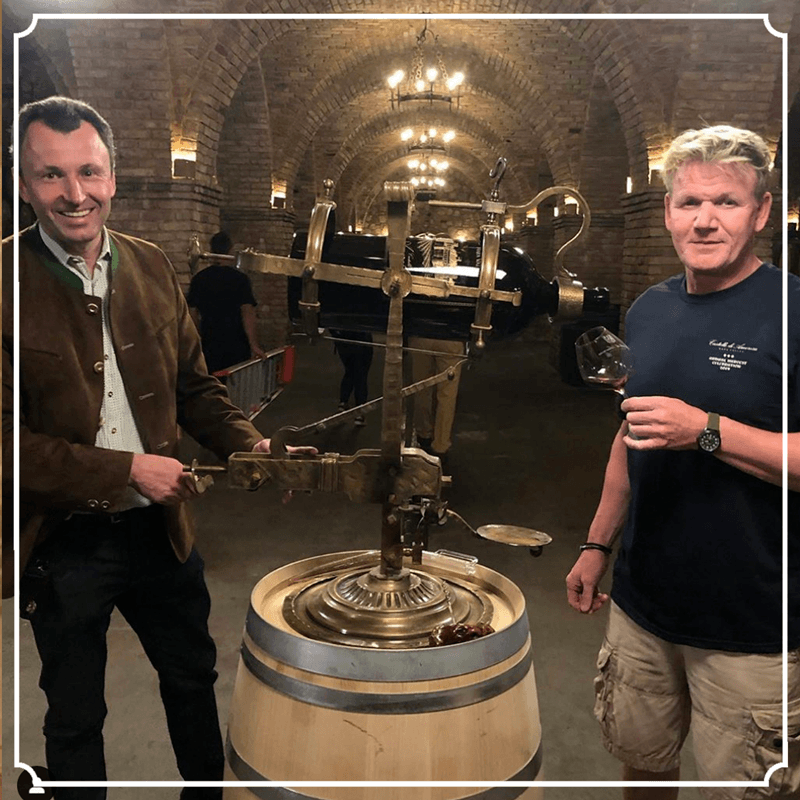
Watch as Gordon, his Italian celebrity chef friend Gino D’Acampo and Fred Sirieix, a french maitre d’hotel, best known for appearing on Channel 4’s first dates and BBC Two Million Pound Menu, set out to find the Castle and taste the wines with their host and owner of Castello di Amorosa, Dario Sattui. While the entire episode is entertaining, you can skip ahead to 28:00 to see Castello di Amorosa.

Flat Iron Steak with Cocoa Nibs and Coffee Rub


Recipe Date: September 28th, 2018
Difficulty: Easy
Measurements: Imperial (US)
Flat Iron Steak with Cocoa Nibs and Coffee Rub Recipe
From Oak Avenue Catering
Our friends at Oak Avenue Catering bring us their delicious Flat Iron Steak recipe, wonderfully flavored with cocoa nibs and coffee rub!
Ingredients
- 3 lbs flat iron steak
- 1/2 cup cocoa nibs
- 1/4 cup whole bean French roast coffee
- 1/2 cup ancho chili powder
- 2 tbsps kosher salt
- 2 tbsps granulated onion
- 1 tbsp granulated garlic
- 1 tbsp Herbs de Provence
- 1 tbsp smoked paprika
- 2 tsps cracked black pepper
- 2 tsps dry mustard
- 2 tbsps neutral vegetable or grapeseed oil
Directions
PREP THE RUB:
- Add cocoa nibs and coffee beans to spice grinder and process until finely ground.
- Mix all dry ingredients thoroughly in a bowl and set aside.
PREP THE STEAK:
- Coat the trimmed and cleaned steak with the vegetable oil.
- Rub the spice mixture liberally all over the meat.
- Wrap the steak tightly in plastic wrap.
- Refrigerate overnight, or at least 4 hours.
DIRECTIONS:
- Preheat grill to medium-hot.
- Remove the plastic wrap from the steak.
- Cook the steak on one side for 4-5 minutes until caramelized and brown. Check after 2 minutes to make sure the steak is not scorching. Turn down heat or use less direct heat if needed.
- Turn the steak over and cook another 3-4 minutes or until an internal temperature registers 130○F.
- Transfer the steak to a cutting board and loosely cover with foil. Let the steak rest for 10-15 minutes.
- Slice the steak thinly on the bias and serve.
- Sprinkle with Maldon salt to taste.
NOTES:
- The wonderful balance of cocoa, coffee and chili makes for a flavor so enjoyable you can forego any additional sauces.
- Enjoy the steak with your favorite BBQ sides. We are particularly fond of grilled vegetables over a smear of labne and sprinkled with a savory granola.
- Pair with a medium to full-bodied wine like our Zingaro Old Vine Zinfandel or Napa Valley Merlot.
Related Products
Our First Cork Tree At The Castello

Our First Cork Tree at the Castello
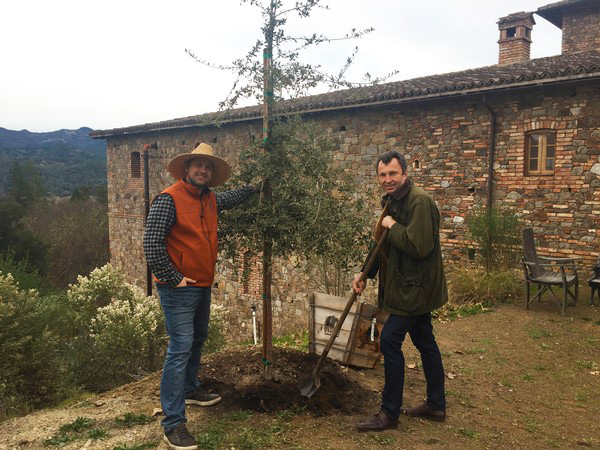
This January, Castello President Georg Salzner and Winemaker Peter Velleno planted our first cork tree. Native to southwestern Europe, the Quercus suber cork oak tree can grow up to 100 feet tall, and is sure to thrive in the Mediterranean climate we enjoy here in Napa Valley. Wine Corks are made from the bark of the cork tree, which needs to be stripped and peeled off by hand. Cork trees are typically harvested every seven years, and are a renewable resource since the tree is not cut down and only the outer layer of bark is removed. It takes a cork tree 25 years to reach maturity before its bark can be harvested, and we are looking forward to our first Castello cork harvest in 2042!
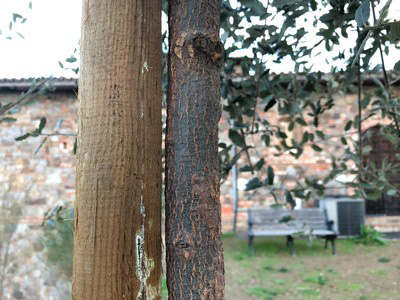
Hot Havana Nights


Hot Havana Nights
Join us for this famously hot evening of great wine paired with Cuban food, music and cigars.
- Tempt your tastebuds with a buffet of authentic Cuban dishes
- Dance the night away under the stars to the hot Cuban beats
- Relax in our Cigar Lounge & enjoy hand-rolled cigars or bring your own
- Dress up for the night – your best Havana-inspired party attire is encouraged!
Friday, July 25, 2025
6:30pm – 10:30pm
All Reservations Booked After June 9, 2025
Please note: Main Courtyard seating is fully booked. Reservations made after this date will include seating in our Lower Courtyard. While this area does not offer a direct view of the entertainment, it’s just a few steps away from the dance floor, where guests can enjoy the music and performances up close.
VIP TABLES – SOLD OUT
-INCLUDES: Preferred seating for up to 12 guests near the dancefloor, box of cigars and 2 bottles of Spumante on ice for your table.
*If your party is larger than 12, please contact Wine Club to confirm available seating options*
LIMIT 2 Member tickets per membership.
LOG-IN FOR MEMBER RATE.
Need a Place to Stay? Make the most of your evening!
-
Dr. Wilkinson’s – 25% OFF with CODE: CSTA
-
Motor Lodge Inn – Book with Friends of the winery Discount here.
Explore more nearby lodging options here.
Watch Video
The Pagan Ball

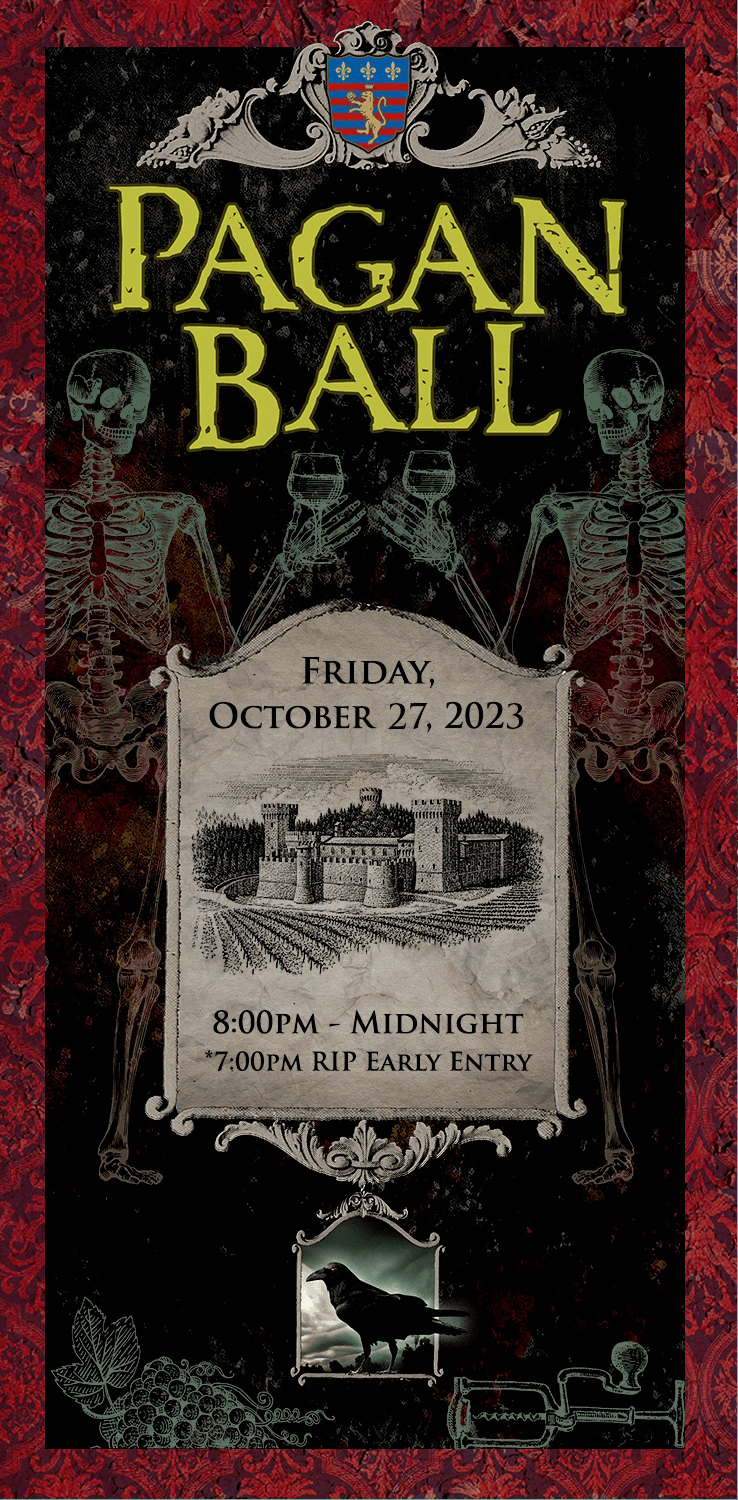
The Pagan Ball (Cancelled)
October 27, 2023
Cancelled
We apologize for the abrupt cancellation and any inconveniences this has caused, especially given the short notice. We fully understand your frustration and disappointment. Our original intent was to create an incredible event, due to the unforeseen circumstances, related to the reconstruction following the 2020 fires, we are faced with a situation that is beyond our control.
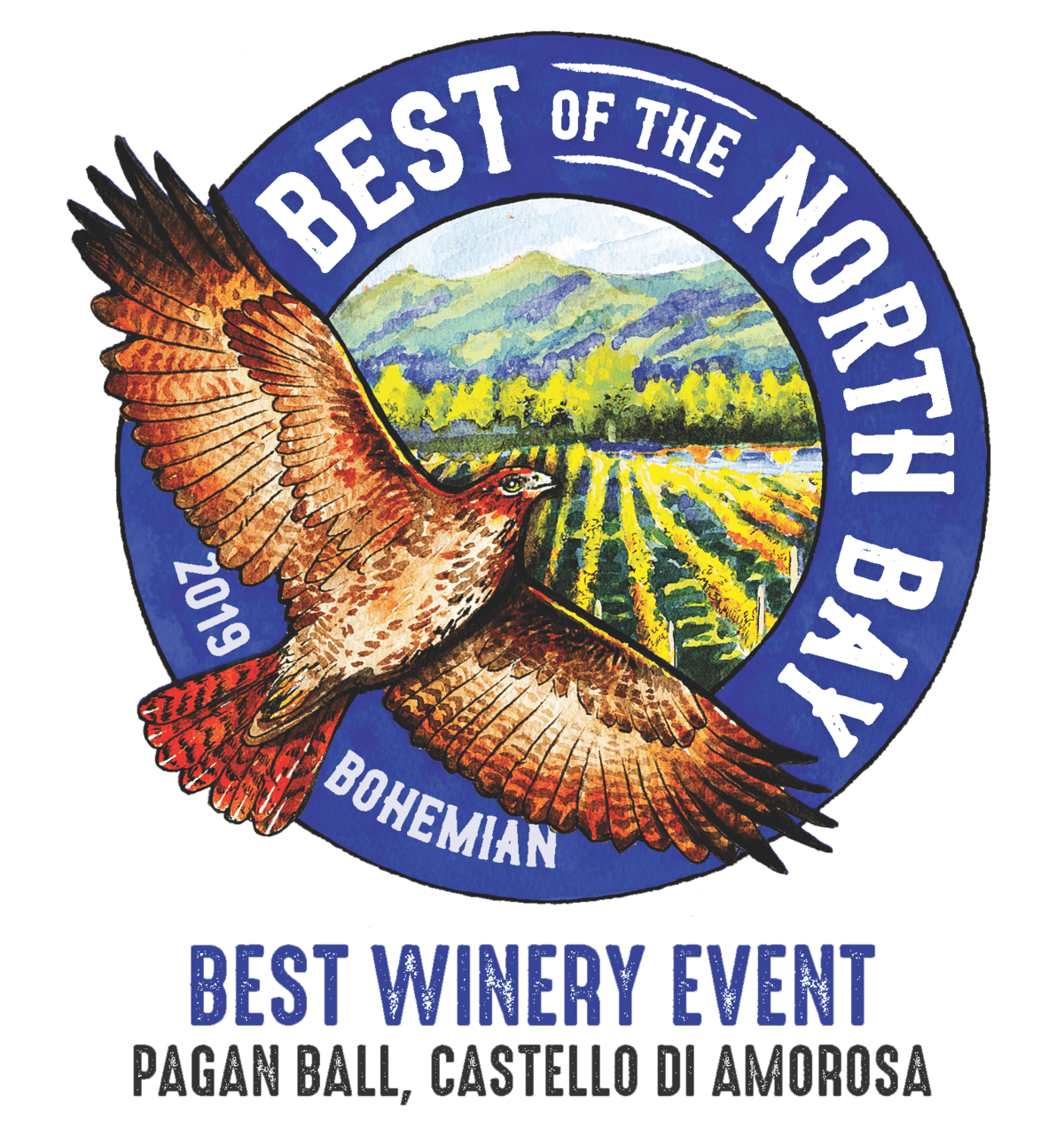
Watch Videos
The Perfect Blend

Mary Davidek
The Perfect Wine Blend: Blending Grapes & Varietals
We are getting ready for a wedding in our family, my step-daughter is getting married in September. Last week my husband and I had a pre-nuptial trip to Boise, Idaho for talks of wedding plans. This was all to be considered and discussed at a dinner which included my husband’s first wife along with the future parents-in- law, yikes! Decisions had to be made on apparel, cakes, invitations, shoes, music, relatives and ever-growing extended families. The evening was an interesting and diverse mix of people with varied relationships and ages spanning from 25 to 65. There were enough backgrounds and life events to fill a night’s conversations with entertaining and thought-provoking stories. No topic was out of bounds or taboo as we covered everything from the best way to ripen avocados to current affairs to wedding invitations. It was a great evening of fun, laughter and growth. As we were tidying up my step-daughter said to me, “wow, tonight was certainly an interesting blend”.
Which, of course, made me think about wine. Totally understandable as the evening had consisted of at least 4 different bottles of vino and they were– blends. While some varietals like Pinot Noir or Chardonnay are best as a single varietal because blending can overwhelm the unique characteristics of thin-skinned grapes, many varietals suffer from this imposed solitary confinement. Wine blends often deliver increased complexity and are more interesting than single varietal wines. In fact, some of the world’s greatest wines are made from a blend of grapes rather than a single varietal.
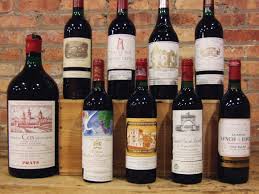
Some of the most prestigious wines in the world are blends. Bordeaux wines from the left bank of the Gironde River in France are typically blends of Cabernet Sauvignon with Merlot and Cabernet Franc. When blending Bordeaux varietals in the U.S. they are known as Meritage blends.The pronunciation is often subject of debate but the correct usage rhymes with heritage.
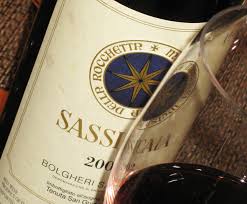
Sassicaia is approximately 15% Cabernet Franc blended with Cabernet Sauvignon to create one of the most sought after and priciest Super Tuscan wines made.
Robert Parker of Wine Advocate described Castello di Amorosa ‘s Super Tuscan blend, La Castellana as “Full-bodied, lush and seductive”. La Castellana marries Sangiovese and Merlot with Cabernet Sauvignon to create this blended masterpiece.
Blending grapes gives the advantage and potential of adding complexity to the resulting wine blend and provides a tapestry of multiple flavors and aromatics. It also offers an opportunity to achieve balance– the happy ‘marriage’ of fruit, acid, tannin, alcohol, and oak that makes great wines sing in perfect harmonic splendor and not-so-great wines seem full of wrong notes and missed opportunities.
People and grapes, we’re not so different.
Rosé - A Dozen Pairings Picked

Mary Davidek
Meet Mary
Rosé – A Dozen Pairings Picked
If you’ve attended the Royal Food and Wine Pairing at Castello di Amorosa it comes as no surprise –you know my affection for Gioia, Castello di Amorosa’s Rosato of Sangiovese. Perhaps one of the most versatile food wines available as the pairing possibilities for a well-made rosé are seemingly endless. Traditionally, rosé wines are dry, light, and fruity and carry appeal for white and red wine drinkers. Any black-skinned grape can be made into a blush or rosé wine. The longer the skins remain in contact with the juice and pulp, the more pigment is imparted and, thus, the redder the juice or wine becomes. Rosé is produced by limiting the contact of the skins of black grapes with the juice; for Gioia, it is approximately 36 hours. As we weather the dog-days of summer and celebrate with picnics, grill parties and backyard entertaining, Rosé indeed seems to be on everybody’s mind…and palate. This is a perfect opportunity to explore the aforementioned ‘pairing possibilities’.
Let’s put my theory to the test…let the rosé wine pairings begin!
Castello di Amorosa’s Gioia, Rosato of Sangiovese has a bright and beautiful salmon colored hue. Serve this chilled rosé with tasty apps or a light and seasonal dinner.
Full-bodied rosé wines are a great match for terrines, pate, and Italian salumi. The fruit notes of Gioia compliment the gamey meats and the acidity provides just enough ‘zip’ to cut through the fattiness of these tasty selections.
Roasted red pepper hummus is a yummy app with a chilled rosé.
Olive-based tapenades with anchovies, capers and light vinegar are prolific in Italian cuisine. The saltiness of the olives is a perfect back drop for fruity Gioia.
Forget the margaritas! Salsa provides a hint (or a lot!) of spice—cool crisp Gioia with the tomatoes and cilantro atop a salty tortilla chip is delicious. Yo tengo chips and salsa!
No time to make a caprese salad..no problem. Caprese bites are a quick and easy alternative.
A favorite on the Royal Food and Wine Pairing menu, cream of tomato basil soup. A touch of cumin adds Mediterranean flair and chilled Gioia is a refreshing contrast to this warming comfort soup.
Margherita Pizza is named for the first Queen of modern Italy, Margherita De Savoia-(l85l-l926). Margherita pizza is a thin crust pizza with tomatoes, mozzarella and basil. For a peppery freshness, try it topped with leaves of arugula. Thank you Queen Margherita, you would have loved this pizza with Castello’s Italian style Rosato of Sangiovese, Gioia.
Hot wings and Gioia was my husband’s favorite pairing. This duo takes me back to circa 1985 ordering buffalo wings and a bottle of chilled white Zin! I was definitely on to something—fruit and spice makes everything nice!
Pasta with marinara sprinkled with Asiago and served with Gioia was a simple meal on a hot summer evening.
Research suggests that eating oily fish once or twice a week may increase your lifespan by more than two years and reduce your risk of cardiovascular disease up to 35 percent. That combined with a relaxing glass of wine and we may have found the fountain of youth! I loved the grilled smokiness of the delicate salmon meat which was complemented by the crisp berry burst of Gioia. This healthy pairing was incredible; grilled sockeye salmon from our friends at Great Alaska Seafood http://www.great-alaska-seafood.com
A cool watermelon salad tossed in cold pressed grape seed oil and light vinaigrette. Flavorful red onion and a few crumbles of feta combine for a surprising palate of sweet, salty and tangy. Castello di Amorosa’s Gioia completed this palate of fruity crispness.
Kanpai! Talk about a mixed marriage! Rosé is a natural for exotic spices.
Corkage Fees and BYOB – Part 1

Mary Davidek
Corkage Fees and BYOB – Part 1
BYOB = Bring Your Own Bottle
Corkage Fee = the fee charged to open and serve a bottle of wine not purchased at the dining establishment
Every restaurant has restrictions and specifications which are said to cover the cost of opening a bottle, providing stemware, and serving the wine. Realistically, a corkage fee is charged to cover lost revenue. I am unabashedly a self-professed BYOB junkie; a dedicated corkage hound ……and I go to extremes in my pursuit. Here are a few situations I have encountered and simple resolutions which may help in your quest.
1. Call the restaurant or check their website prior to your reservation as fees and restrictions vary. Some restaurants may impose a 1-bottle limit and others may have more tempting ways to capture your attention. A growing trend; restaurants charge a fee but will comp it one for one, for every bottle purchased. For example, restaurant “X” charged $25 corkage. I brought in a bottle of Castello di Amorosa Cabernet Sauvignon. From the restaurant wine list I selected a bottle of Sauvignon Blanc to enjoy with apps. I love a zippy Sauvignon Blanc with bruschetta and goat cheese on a warm baguette; sublime. The bottle I purchased was $28. That’s right, the corkage fee for my Castello di Amorosa bottle was waived. This is clearly a win-win. Typically I bring in a red and purchase a white from the list as even the grandest wine menu offers a tasty and affordable white wine.
2. A common and reasonable request; the bottle you bring in cannot be available for purchase on the existing wine list. To ensure your selection for carry-in is acceptable, browse the wine list on-line or request a fax or emailed copy prior to your planned visit. Here is my fool-proof solution. Bring in wine from a winery that does not distribute. This is becoming easier as more small and mid-sized wineries are opting for direct-to –consumer sales only. Castello di Amorosa wines have been a fixture on my restaurant outings for this very reason. Restaurant wine lists change weekly and this takes the guess work out of it.
3. Prepare your bottles. If you want a chilled bottle of bubbly with your Dungeness crab; chill it. If you are bringing a Napa Cab with a little age on it, stand it up for a few hours prior to leaving which allows sediment to collect at the bottom.
4. I have seen bottles transported in everything from a paper shopping tote to a plastic grocery bag. My advice; invest in a respectable wine carrier. From leather totes to canvas carrying bags to decorative wine boxes – your wine should travel in style.
Good news for us food and wine lovers, corkage and BYOB is becoming an accepted standard. Restaurant owners are adopting more favorable corkage policies as a marketing tool.
Stay tuned……Part 2 coming up.
Cheers!
Mary Davidek C. S. , C.S.W.
